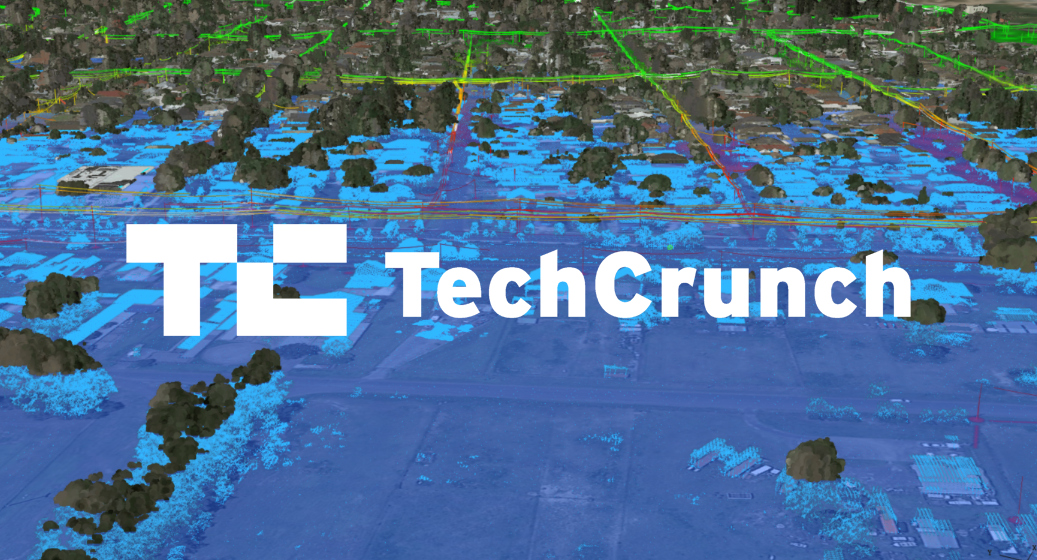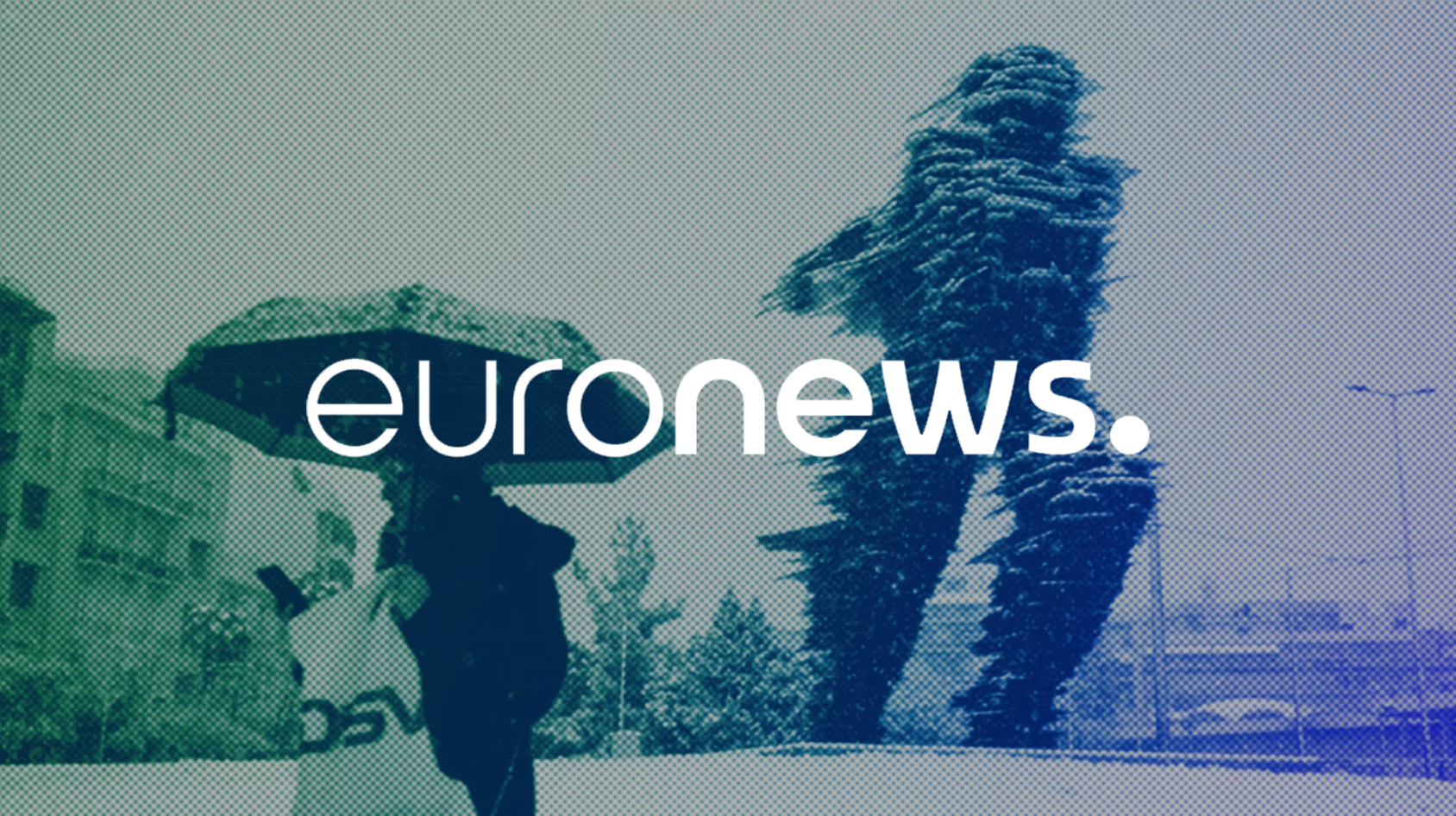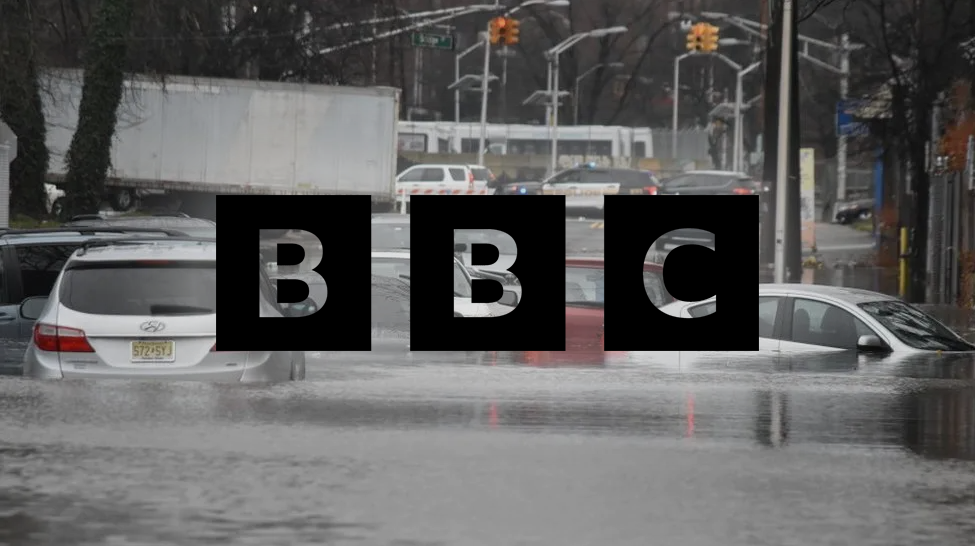Resources
The Wildfire Management Playbook
Resources
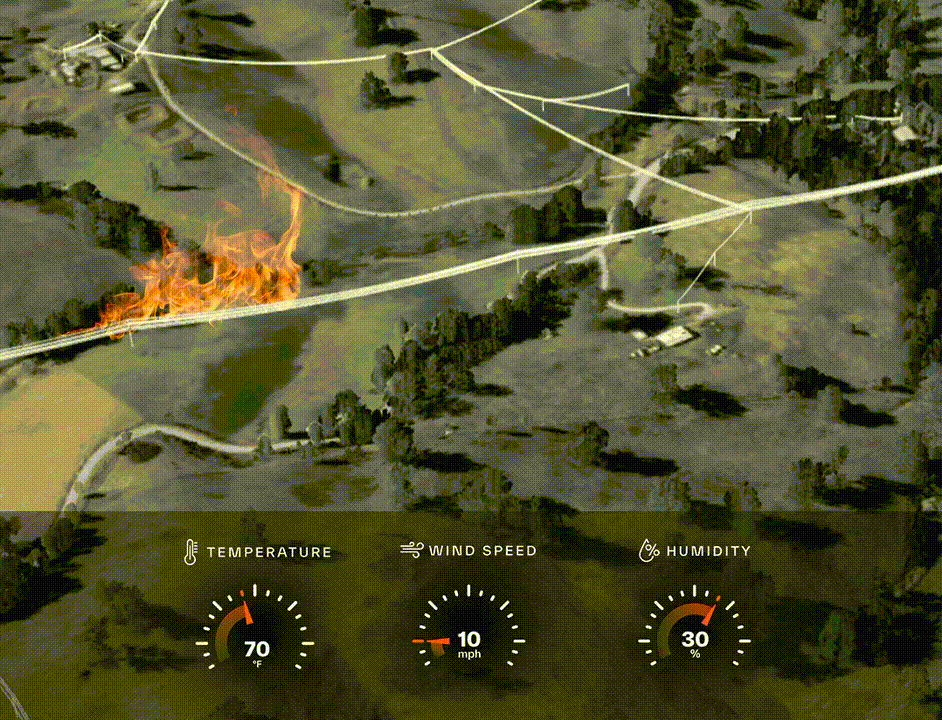
Picture this: A tired power line snaps in a lodgepole pine stand on your grid. Even though your vegetation management team just completed scheduled understory mowing and pruned nearby branches last month, it’s high summer and drought has gripped your province. It’s a ticking tinderbox — and the understory bursts into flames the moment your line grazes the grass.
Maybe you knew the line seemed stressed, but you hoped it would hold another year. Or your maintenance crew wasn’t scheduled to visit that site until next week. Or despite your team’s best efforts, everyone overestimated its condition during their last field visit.
Either way, a wildfire’s burning, you’re forced to shut off power to customers, your utility company is getting blamed and the public’s memory of the Tweedsmuir Complex fire and the Donnie Creek blaze are still hot.
Now imagine another version of the story: one in which that line was fixed at the perfect time.
With predictive AI, you don’t have to depend on “if onlys.” You have the certainty of a physics-backed, engineering-grade 3D digital model to find and resolve:
- Encroaching vegetation that poses a risk to every utility asset in your network
- High-risk infrastructure whose failure may ignite surface fuels and trigger wildfires
- The best, most efficient grid-hardening solutions to strengthen your network’s resiliency
This three-prong playbook explains how to integrate this technology into your current wildfire emergency response plan. Neara uses your LiDAR, GIS and real-world weather data to help you run scenario-based simulations of current and future risks across your entire network, giving you the data needed for confident decision-making under fire.
Simulate wildfires with 99% accuracy to understand current network vulnerabilities
- Neara is a physics-enabled, cloud-based platform that builds interactive 3D models of your utility network and assets.
- Eliminate potential problems in your network before they happen.
- Visualize the asset-related conditions that can spark wildfires.
Proactive vegetation management that’s more efficient — and more effective
Understanding network-wide vegetation encroachment through broad-strokes aerial and field surveys is costly, time-consuming and prone to human error. Plus, vegetation problems don’t occur in a vacuum. They’re influenced by conditions like pole stress, line sag, hot temperatures, high winds and more — and these complexities compound during fire season.
Neara uses your LiDAR and GIS data to build a dynamic 3D digital model of your grid and lets you overlay the relevant, real-world scenarios relevant to see how your assets will behave under stress. In these simulations, you can identify vegetation contact under various weather conditions and calculate maximum sag and blow-out to assess wildfire risks in every pocket of your network.
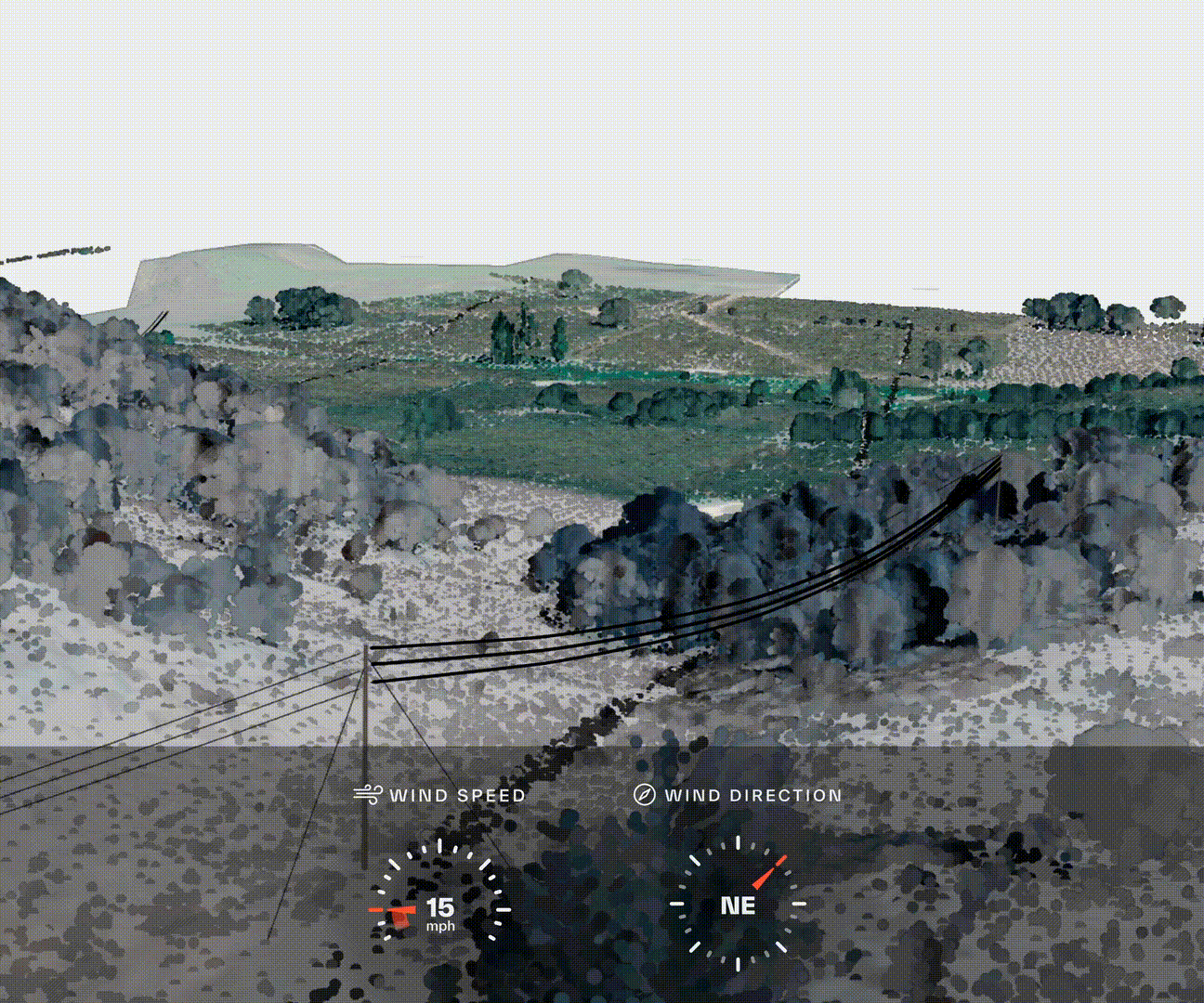
Predictable vegetation management you can trust
At a high level, connecting vegetation operations with Neara helps you identify high-risk regions prone to wildfires. The system will analyze your historical data, terrain information and even weather patterns to see where wildfire incidents will likely occur. Then you can focus your vegetation management efforts where it matters most.
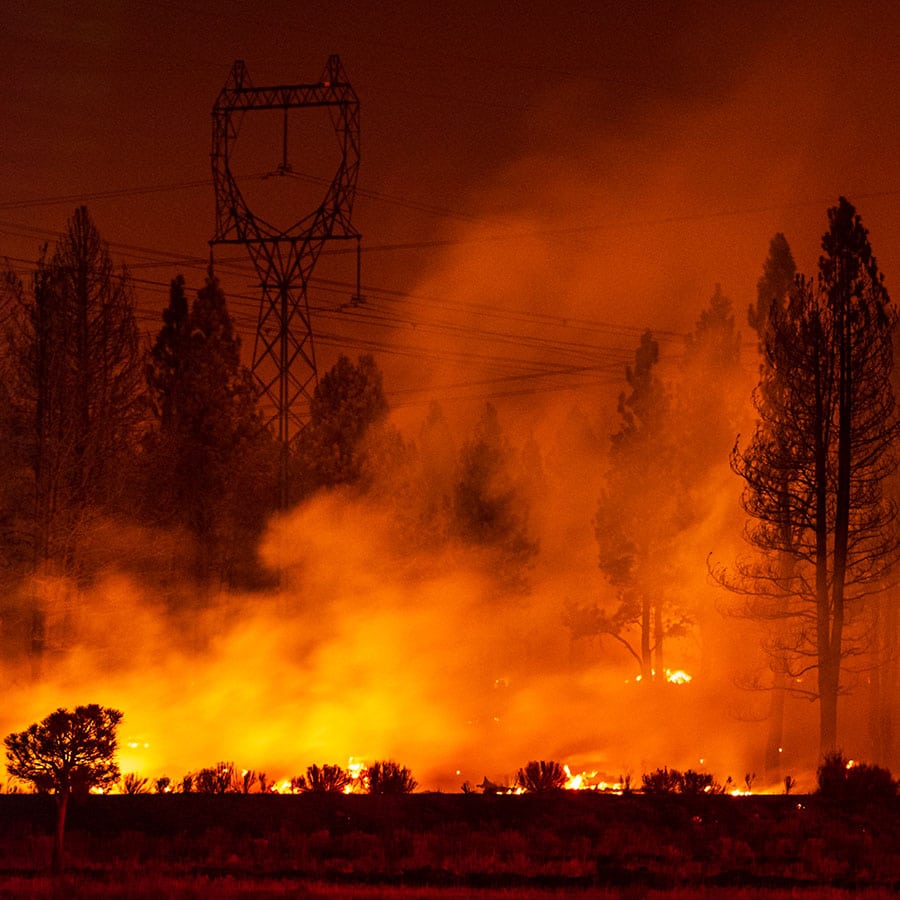
Identifying and reducing vegetation risks 10x faster
This U.S. utility company already performed a robust vegetation management program — but they wanted even more control. Adopting Neara allowed them to conduct rapid and accurate vegetation risk assessments, which let them identify and prioritize risks in just a matter of days.
How 3D digital modeling elevates your vegetation program amid an ever-changing environment
Incorporating 3D digital modeling improves both the efficiency and effectiveness of your company’s vegetation management, contributing to a safer, more resilient utility network.
- Detect vegetation encroachment: Find high-risk areas in your network where trees and shrubs impede conventional clearance zones, then dispatch cutting crews to those locations to mitigate grow-in, fall-in and blow-in risks.
- Predictive maintenance scheduling: The platform utilizes historical data and growth patterns to determine the best time for deploying your vegetation crews. This transforms rigid, inefficient cutting schedules to a more proactive approach that sends your team where they’re needed most, maximizing their impact.
- Stop second-guessing completions: Automatic alerts that report surface inconsistencies give you a data-proven, single source of truth about vegetation conditions— reducing unnecessary follow-up visits to double-check the work of your contractors.
- Continuous improvement and adaptation: As the system continues learning and analyzing your data, its algorithms will evolve to consider new information and changing environmental factors. These learning capabilities ensures that vegetation operations remain current, effective and relevant in protecting your infrastructure.
Technology like Neara enables a more efficient, cost-effective and data-driven vegetation management strategy. Its integration can ultimately help you can slow the rate of fire spread and reduce severity near critical infrastructure like conductors and power lines. And if needed, you’ll be able to defend your decision-making with an accessible, data-driven record that shows how you addressed network-wide threats for your community.
But the advantages of 3D modeling aren’t just limited to vegetation control.
Asset maintenance with predictive AI reduces equipment-caused ignition
No utility has a perfect network, but how do you find your weak points when it comes to the assets buried in the maze of your infrastructure? Just like with vegetation data collection, routine field inspections are glacial and, frankly, often inaccurate. Send a team out too soon and you’ve wasted valuable time and resources. Send them out too late and, well… at best, you’ve got an outage. At worst, you’re fighting a fire.
Neara’s algorithms can help you sharpen your risk detection abilities, spotting dangers the naked eye just can’t see. Rely on engineering calculations to identify the most at-risk zones in your network. Diagnose the health of every single one of your assets in minutes — not days or weeks — right from your digital dashboard. So when it comes to questions like, “What equipment really needs attention first?” you can simply conduct a comprehensive asset evaluation in just a few clicks and find the structural defects that put your system at risk.
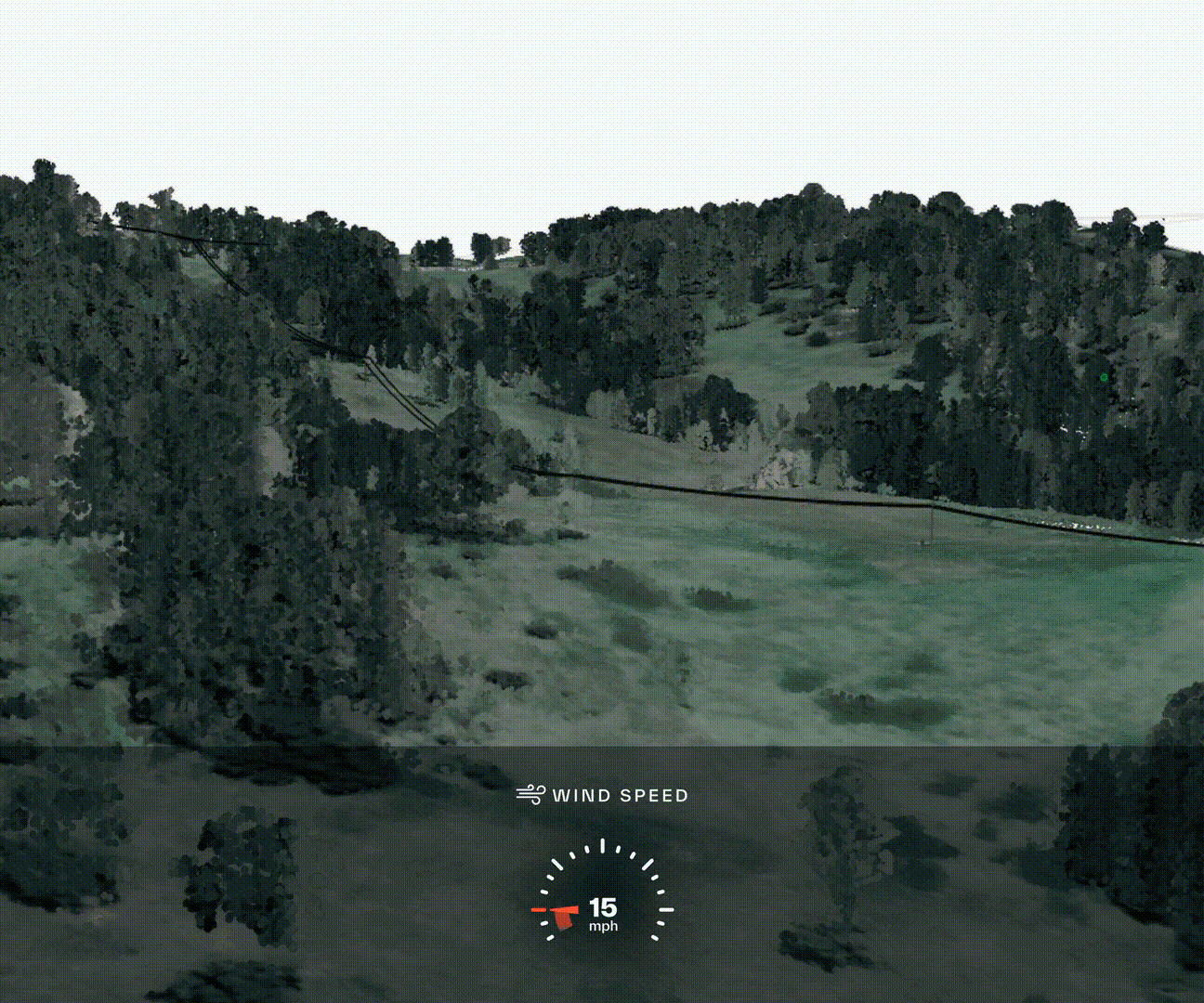
Explore your data to isolate high-risk problems like:
- Line clearance: You can customize your own thresholds in the Neara platform, and then apply these settings across your network. This helps you pinpoint current and future line clearance hazards caused by vegetation, environmental features and even man-made structures.
- Conductor clashing: By simulating high wind conditions across your grid, you can see where transmission lines are most likely to contact, producing the sparks that can ignite fires. This lets you save your field visits for targeted repairs, not manual surveys.
- Pole failure: Utility pole failures are one of the leading causes of wildfires in North America. But the sheer volume of poles in most networks makes in-person inspections logistically impossible. Neara lets you zoom in to conduct engineering analyses on each pole, reviewing its unique real-time properties. You can also test them against ordinary and extreme weather to preview the domino effects of failure — and optimize load-bearing capacity for safe power delivery.
- Line maintenance: Prioritize pole and cross-arm replacements by calculating tensions, stressors and overall capacity for every component in your network. With these insights, you can make efficient, data-driven decisions and collaborate with ease.
- More precise maintenance and capital expense planning: With the details of your assets’ condition in hand, you’ll be able to forecast their expiration windows. That timetable gives you the information needed to proactively schedule replacements or upgrades before their failures lead to wildfires — and proactively budget for that maintenance.
Related reading: Utilizing Neara before, during and after a wildfire event
Enhance grid resilience for faster post-fire restorations
The top two tenets of grid resilience are proper vegetation management and reducing equipment-based ignition. But because Neara shows you simulations of possible failure conditions before they ever occur, you can also use those insights to future-proof your grid against the threats you fear most.
This may include incorporating:
- Fire-resistant materials: Reinforcing poles (along with other critical infrastructure) through non-combustible or fire-resistant coatings, insulation and enclosures can help your equipment withstand extreme heat and flames.
- Reclosers, sectionalizers and automatic switching devices: Neara can help you identify where to install these measures, which limit the scope of accidental or voluntary outages caused by wildfires. You can then reroute power flows, preventing the spread of an outage to minimize the fire’s impact on your grid.
- Grid design: Effective fire management starts with proper planning when you add new assets to the grid, but Neara also lets you edit your existing network model. You can add, remove and modify components, then simulate how those changes impact your overall system. This lets you test your solutions risk-free before scheduling site visits and field operations.
- Adapting new training tools: From more effective communication protocols to technology platforms like Neara, the most efficient way to improve your grid resilience measures is to find the tools that suit your purpose — and use them.
With digital modeling, you can identify, assess and rectify weaknesses in your grid and resilience initiatives.
This fire season, take the guesswork out of your network
Give your utility company the best predictive tools available for every fire season to come.
Nera’s 3D digital modeling empowers you to anticipate, prepare and respond to increasing wildfire threats. By visualizing tactical vegetation management, equipment-caused ignition risks and identifying grid-hardening opportunities, you can build a predictive prioritization matrix customized for your network.
Are you ready to upgrade your wildfire mitigation efforts? Schedule a demo today to explore a wildfire emergency response plan with simulations of real-time wildfire threats in your province, data-driven decision making and proactive measures for a safer, more resilient utility network.
Reach out. We’re very friendly.
Contact us to learn more, schedule a demo, inquire about a pilot project, or discuss other needs.

